How to make DIY washing up liquid at home
In a world where convenience is king and time equals money, spending 20-30 minutes making washing up liquid seems counterintuitive. After all, why spend half an hour mixing soap components when one click and BOOM, Amazon is at your door with a package full of dish soap.
Well, we’re not going to try and persuade you that making homemade washing up liquid is an efficient use of time.
But…
It is an opportunity to step back from your day-to-day, relax for a little while and feel a sense of accomplishment that you actually produced something useful in your own home. And recent studies have shown that creative endeavours, like scrapbooking, gardening and DIY help reduce stress levels.
So, think of this as equal parts reducing chemicals in your kitchen and stress reduction through DIY.
DIY dish soap is really, really easy to make and it’s fairly cheap too. Skip ahead to our recipes, or read on for our full cost-analysis of how much it costs to make homemade washing up liquid.
And, if you’d like to learn how to wash your dishes 100% sustainably, check out our ultimate guide to washing up plastic-free.

Why make dish soap at home?
Reason number 1: DIY washing up liquid has no chemicals
It’s no secret that most store-bought washing up supplies contain a ton of harmful chemicals. These chemicals are highly processed, they can be dangerous if ingested or if they enter your eyes and frankly, they’re just unnecessary.
A key component of most washing up liquids and dish soaps is Sodium Laureth Sulfate, which makes up roughly 20-30% of Fairy liquids according to their own safety data sheet.
Sodium Laureth Sulfate can cause skin irritation and exacerbate existing skin conditions, and the only reason it’s used in washing up liquids… Is because it creates bubbles.
Bubbles are inextricably linked with the concept of cleanliness, so naturally (or unnaturally in this case), most producers of washing up liquids use this chemical to create additional bubbles.
When you make your own dish soap, it will invariably produce less bubbles, but don’t be alarmed. You do not need that many bubbles to clean a few pots and pans.
Although, SLS isn’t the only chemical used in dish soaps, it’s typically the most prevalent. Making washing up liquid at home allows you to avoid the use of all chemicals.
Reason number 2: Homemade dish soap can be customised to your individual preferences
We’re going to show you how to make an unscented base for washing up liquids. Once you have your base, all that you need to do is add lemon, lavender or any number of antibacterial ingredients to customise your dish soap just the way that you like it!
You can then change the recipe to make your washing up liquid more or less fragrant. Something which is impossible, or wildly impractical to do with store-bought washing up liquid.
Reason number 3: Making washing up liquid saves you money
We’re going to undertake a full cost-analysis of how much you can save by making your own dish soap. But rest assured that most people can save money by making their own cleaning suppliers, and dish soap is no exception.
While we’re on the subject. Another great way to save money whilst washing up is to scrub with reusable wooden dish brushes. They last a lot longer than their plastic counterparts and we think they scour and scrub better too!
Reason number 4: The sheer sense of accomplishment
Most people have never mixed their own washing up liquid. But you may have put together a piece of furniture, painted a spare bedroom or spruced up your garden.
The sense of accomplishment that you get from ticking off these seemingly mundane chores is huge, and we promise that with just a little bit of effort, you will feel empowered and ready to take on more household tasks!
Just look how happy this Youtuber is after making her own dish soap.

Is making washing up liquid at home cheaper?
Making an all-natural washing up liquid at home is quick and simple, but is it cheaper?
Unsurprisingly, the answer is not straight forward. There are tons of brands, sizes and prices to compare, so to make things simple, we’re going to compare the cost of making homemade dish soap with ingredients purchased on Amazon vs. The leading brand, the cheapest brand and the cheapest natural dish soap.
Let’s jump right in.
The leading brand
This is a UK-based comparison, but we checked Amazon.com and Amazon.de and the results are largely the same.
At the time of writing, you can purchase 10 bottles of washing up liquid for £25.95 or around $32.00.
Roughly, this works out to around £5.99/per litre. ($7.40)
The cheapest brand
If you’re able to find washing up liquid at a cheaper price, let us know, but through our research, at the time of writing, the cheapest price was at Tesco.
You can buy a single bottle of their own brand dish soap for just £0.65. ($0.80).
This works out to around £1.30/per litre. ($1.60)
The cheapest all-natural dish soap
The cheapest natural alternative we found was to buy in bulk from Miniml here.
Their dish soap is all-natural, vegan-friendly and when you purchase a 5 litre container, it works out at around £2.82/per litre. ($3.49)
In summary, if you make your own dish soap, unless you have the purchasing power to buy in quantities as large as Tesco, you’re probably not going to be able to produce a litre of liquid for £1.30 ($1.60).
But making your own dish soap will work out roughly the same as most natural dish soaps that you can purchase online, and far cheaper than the leading brand of washing up liquids here in the UK.

Recipes for DIY homemade washing up liquid
Recipe: Washing up liquid base
Ingredients:
250ml (1 cup) of Castile soap = buy here
60ml (¼ cup) of distilled water = Make it at home in 5 simple steps
1 squeeze of lemon
Instructions:
1. Pour your castile soap and distilled water into a mixing bowl and stir gently until they are combined.
2. Squeeze in your lemon and mix again.
3. Transfer your liquid into a glass bottle or old plastic bottle. This forms the base of your washing up liquid.
Total cost per litre = £3.20
The above recipe forms a base which can be customised to suit your individual preferences.

What can I use to customise my washing up liquid
The following ingredients can then be added to create different fragrances:
Citruses
Fresh lemon, orange, lime or grapefruit (1 squeeze)
Floral
Lavender, rose or chamomile essential oils (2-3 drops)
Mint
Mint, peppermint or spearmint essential oils (2-3 drops)
To customise your washing up liquid, add your desired ingredients to the base mixture in the quantities recommended. Test and adjust according to your own personal preference.
How to thicken or thin my homemade washing up liquid
The above recipes will leave you with a thick, gooey mixture, perfect for washing your dishes. The mixture will thicken as it cools, but if it becomes too thick, simply add a little bit of hot water.
If the mixture is not thick enough, add Castile soap.

Final Thoughts
Reducing the amount of chemicals we use in our homes can be complicated, but in this case it’s really simple. Homemade washing up liquid requires just 3 ingredients and can be made in a matter of minutes.
If DIY cleaning supplies don’t appeal to you, try bulk purchasing a natural washing up liquid to clean your dishes without harmful chemicals.
In terms of cost. Unless you purchase castile soap in large quantities, you’ll likely be able to buy natural washing up liquid for less than it costs to make it at home, but where is the fun in that?
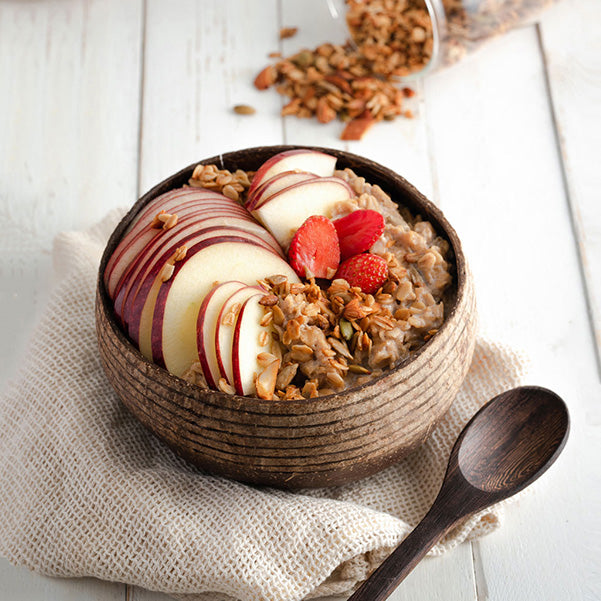
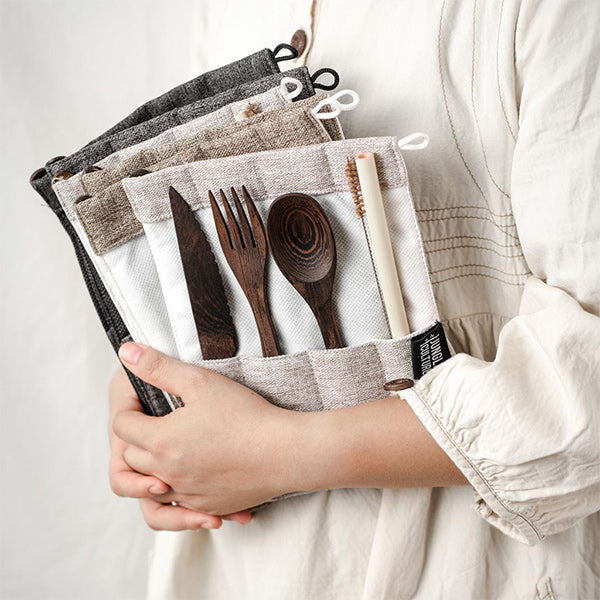
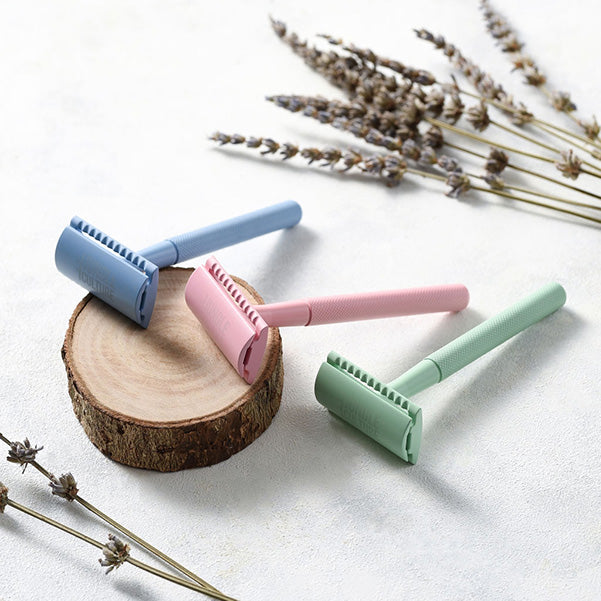
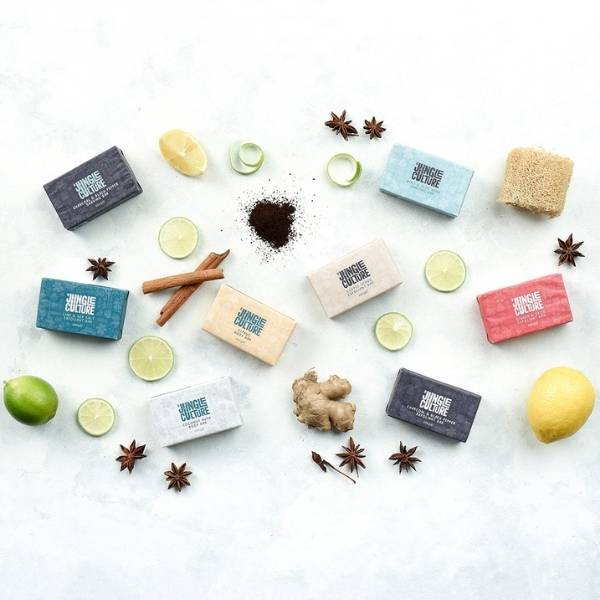
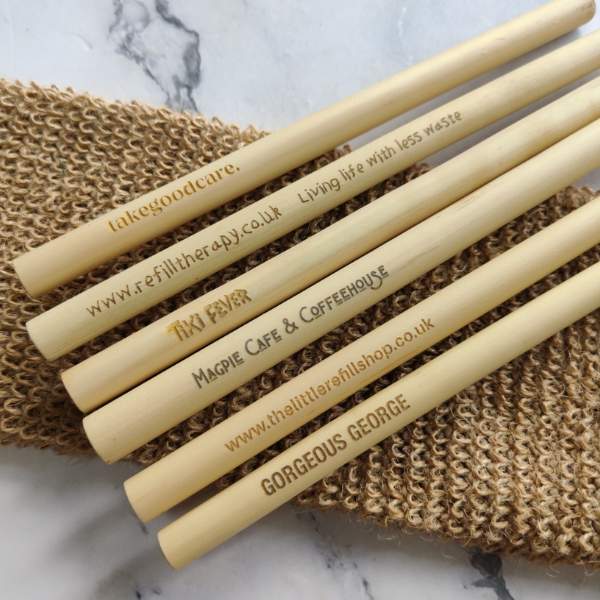



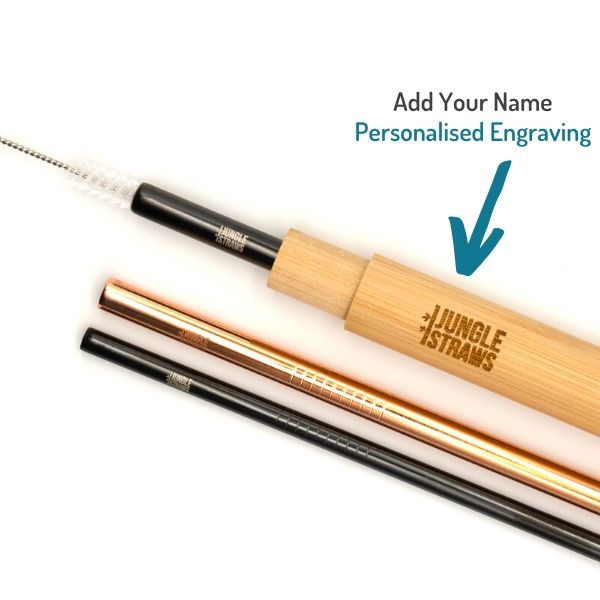
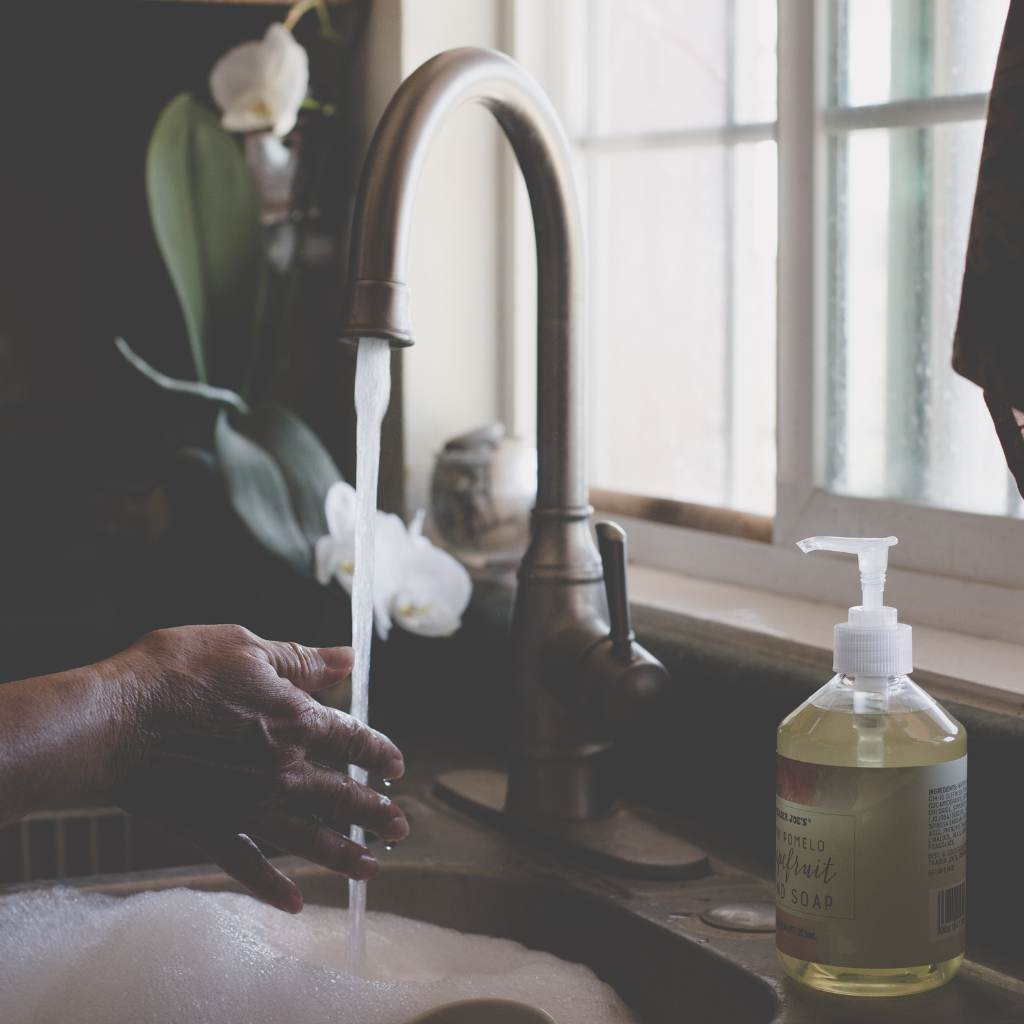

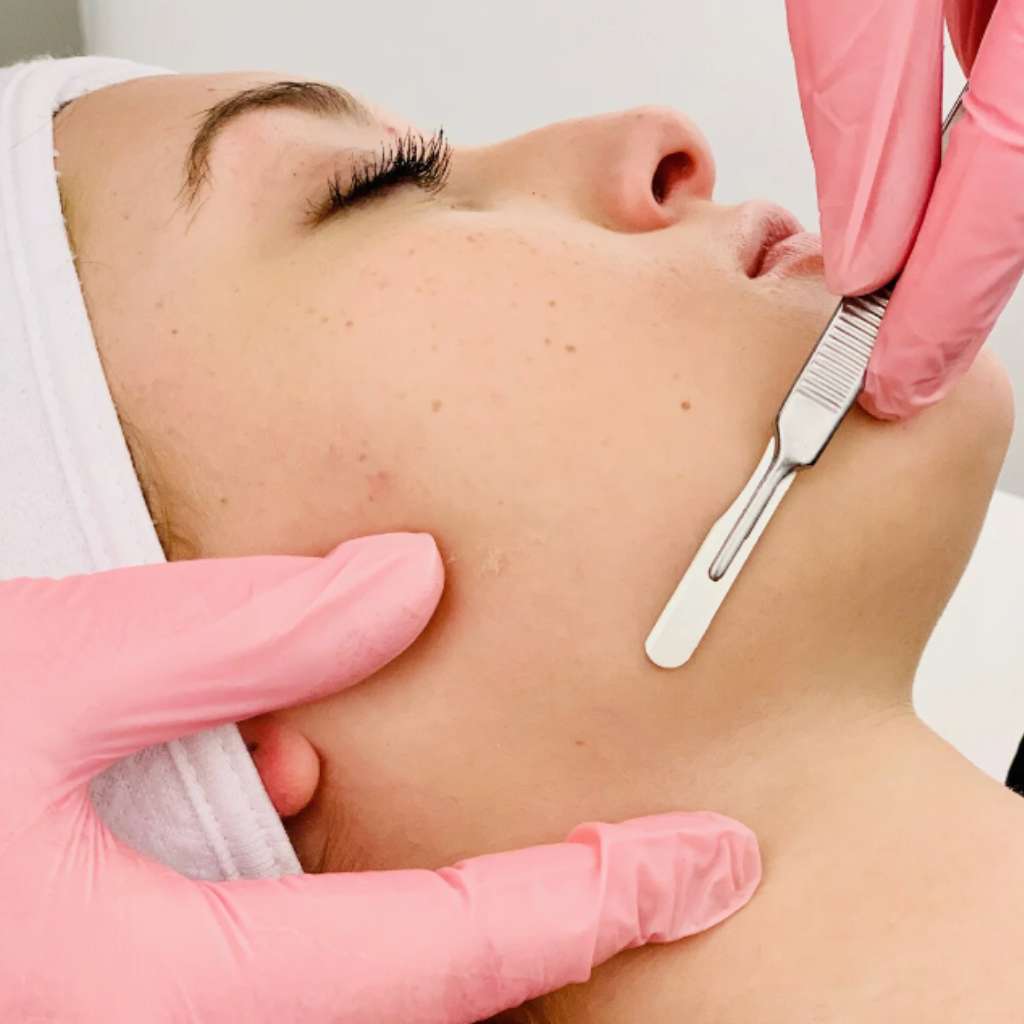

mary gunning
September 24, 2025
It is easy to make a cheap castile soap at home, making the washing-up liquid even cheaper